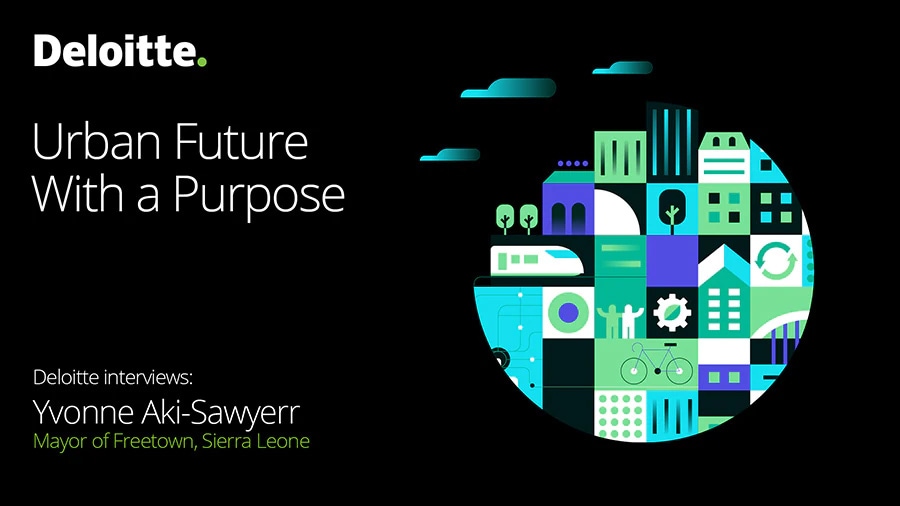Mass Participation
Cities are evolving to be human-centred and designed by and for its citizens, promoting mass participation by the ecosystem in a collaborative process and following open government policies.
What does my ideal experience in my city look like? How can our city contribute to a brighter global future? How would we like our children to grow up in the city? What would our community want our city to be known for around the world?
These are some of the questions you will be asked in cities where there is open government and mass participation. These are places where citizens, social innovators, civil society organisations, businesses and academia are part of the process of building their cities (in a quintuple helix model1), closing the gaps between local government and the ecosystem.
As the Executive Director of UN-Habitat has stated, if we want to create sustainable and inclusive cities “We cannot draw a plan in the air, on the sixteenth floor of a building, without putting our foot on the ground”. Through mass participation, supported by open data and technology, and with local government acting as a platform, cities can use the citizen as a ‘sensor’ and benefit from greater innovation, better utilisation of resources and an increased sense of ownership. Co-creation through mass participation is a bi or multi-directional human-centred approach, rather than just a bottom-up or traditional top-down approach.
Cities are increasingly innovative in the way they promote participation, both sporadically for specific services and regularly for strategic planning, as it is critical for a healthy democracy. And technology plays a key role in enabling innovation – for instance, mobile applications and reporting websites overcome the need for groups to meet in person to discuss new ideas and collaborate; and digital currency opens the door to gamification strategies (average 44 per cent of 167 cities in a survey admitted to engaging their citizens through some form of gamification)2 and reward systems for good behaviour. For instance, this is what the City Hall of Freetown, Sierra Leone is doing, by issuing impact tokens to reward citizens, corporations and institutions that grow and sustain trees within the city.
But to ensure the three principles of open government are met (participation, collaboration and transparency), it is necessary to have open data platforms and other initiatives. Participatory budgets are a good starting point. Some cities go a step further and provide citizens and the ecosystem with real-time access to information, to keep them informed about changes that affect where they live. For example, the Seoul Metropolitan Government (SMG) launched a smart city platform, which it claims to be the world’s first digital administrative system. Based on the view that ’citizens are the mayors’, the platform provides citizens with the same real-time access to information as the mayor on matters such as transportation, disasters and air quality. The platform can be accessed through SMG mobile website and digital information kiosks in metro stations.3 Other examples are ‘Better Reykjavik’ in Iceland, that allows citizens to submit their ideas on almost all city activities, from school schedules to new market areas and parks; London, which created the London Datastore, a free and open data-sharing portal where anyone can access data relating to the city;4 and the city of Lublin, which has an initiative called the Green Citizen’s Budget with allocated funding of EUR 0.44 million to encourage residents to suggest ideas for improving urban greenery.5
Ultimately, cities will progress towards having true platforms for collaboration, fostering co-creation and leading to new governance models (co-governance), where responsibility is shared among the participants and is not just a burden on the local government. From this perspective, a new culture is created, and citizen engagement emerges as critical for ensuring the long-term sustainability of policy initiatives.
“In planning cities we are planning for the people. We don't plan cities for cars, we don't plan cities for buildings, we plan cities for people.”
-Maimunah Mohd Sharif, Executive Director of UN-Habitat
“Inclusion is about having voice and accountability. It is about citizens taking part in shaping the future of cities, identifying what are priority investments at the neighbourhood level, at the city level, participating to influence the direction that one’s city is taking. It is the ability of citizens to have their voice contributing to better planning and better service delivery.”
-Sameh Wahba, Global Director of Urban, Disaster Risk Management, Resilience and Land Global Practice at the World Bank
Video Interviews
Podcasts
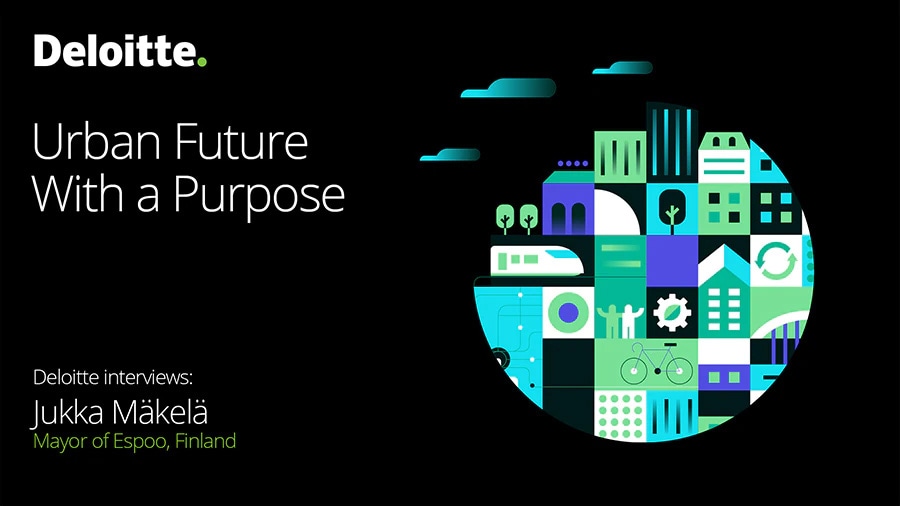
Podcast with Jukka Makela, Mayor of Espoo, Finland
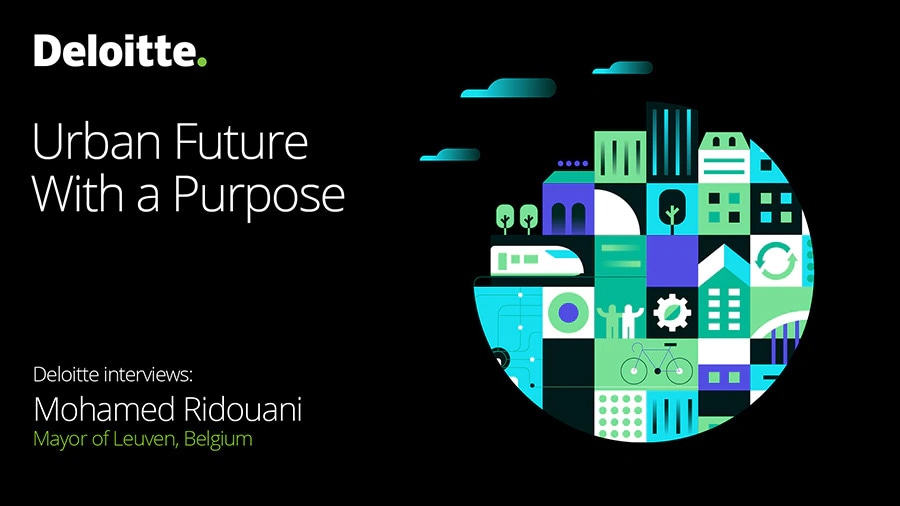
Podcast with Mohamed Ridouani, Mayor of Leuven, Belgium
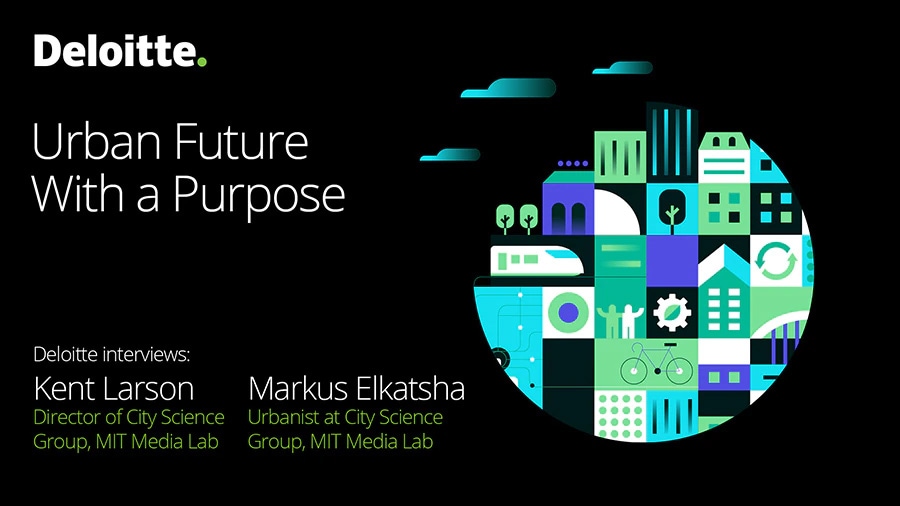
Podcast with Kent Larson, Director of City Science Group, MIT Media Lab and Marcus Elkatsha, Urbanist at City Science Group,MIT Media Lab
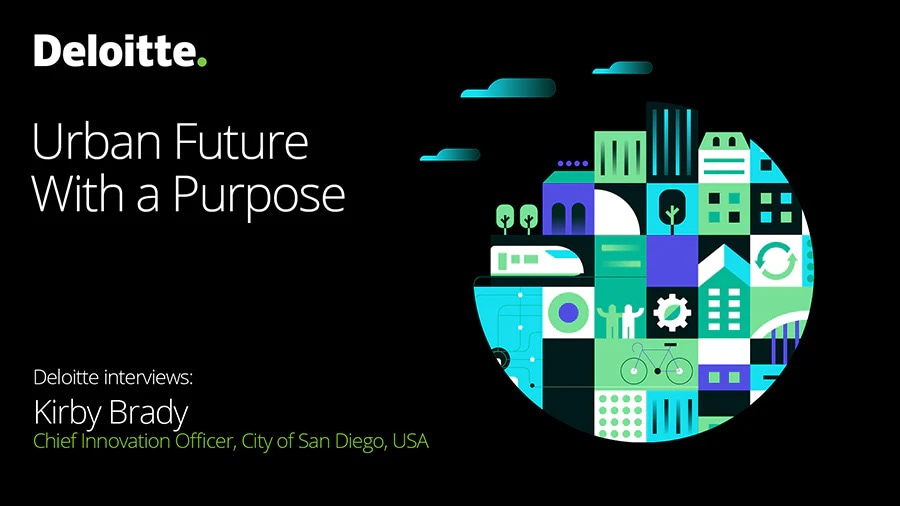
Podcast with Kirby Brady, Chief Innovation Officer, City of San Diego, USA
